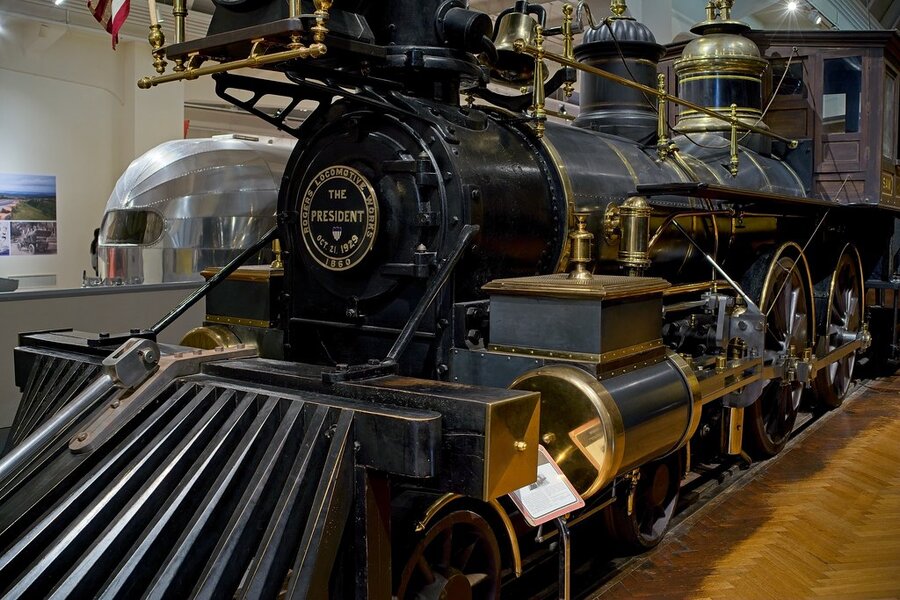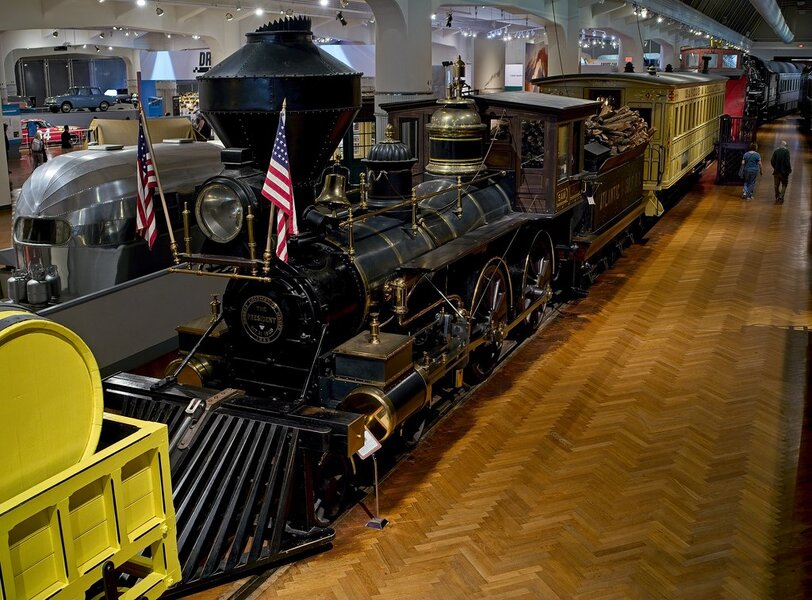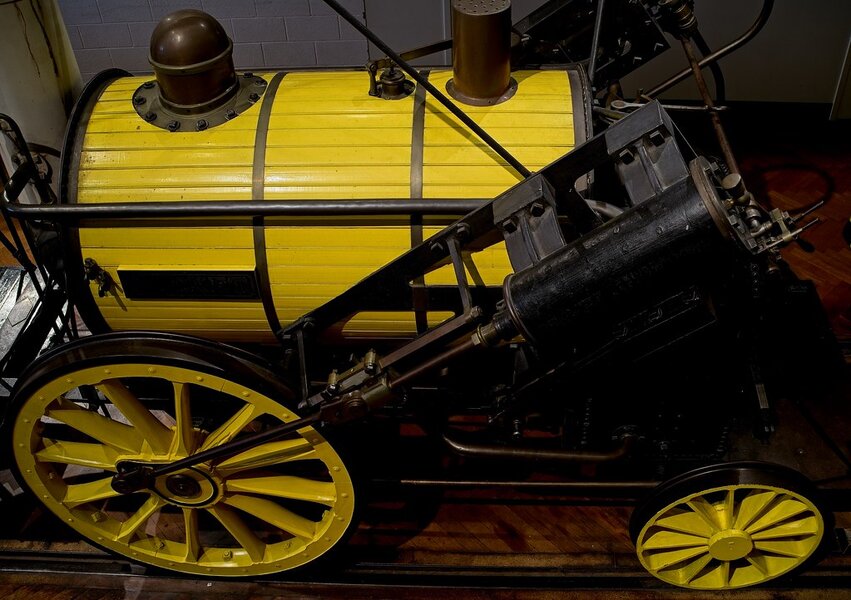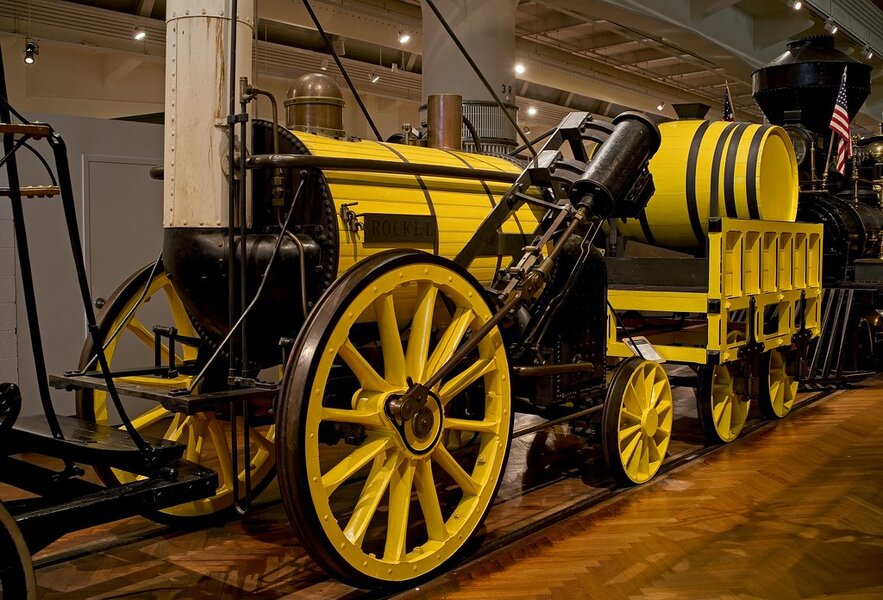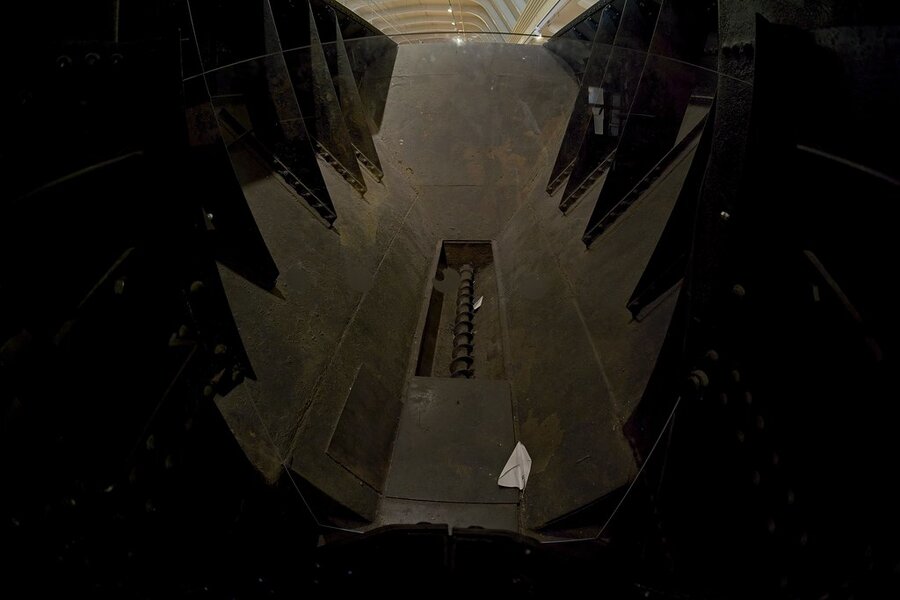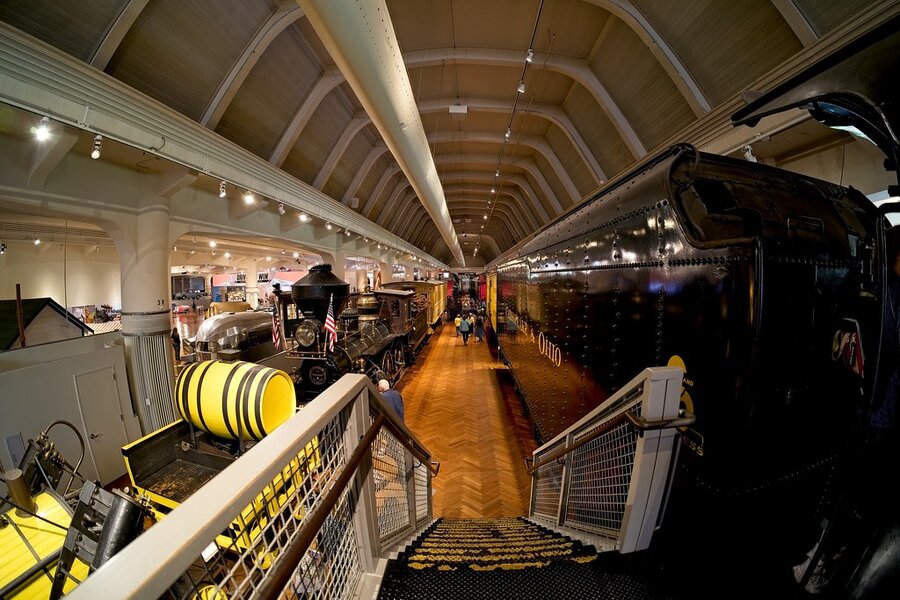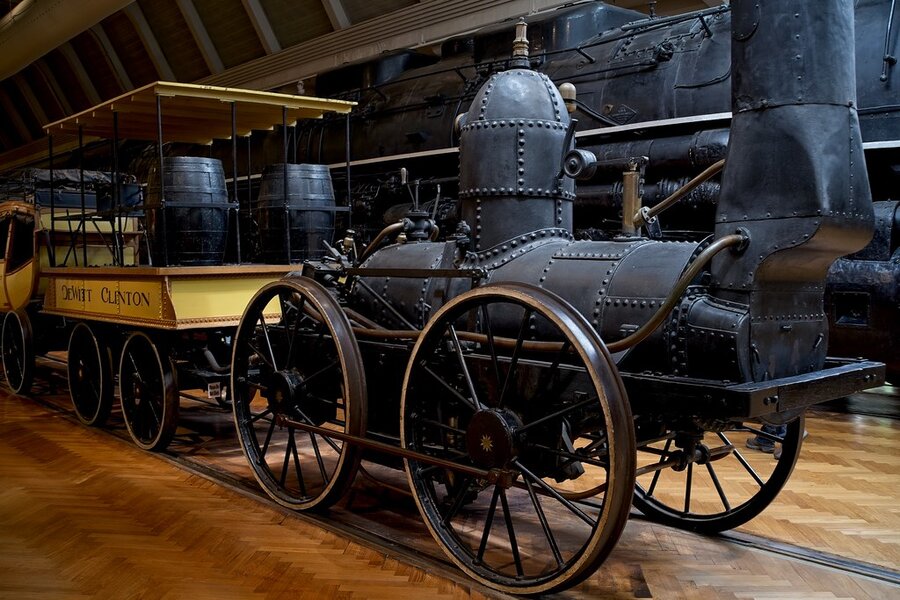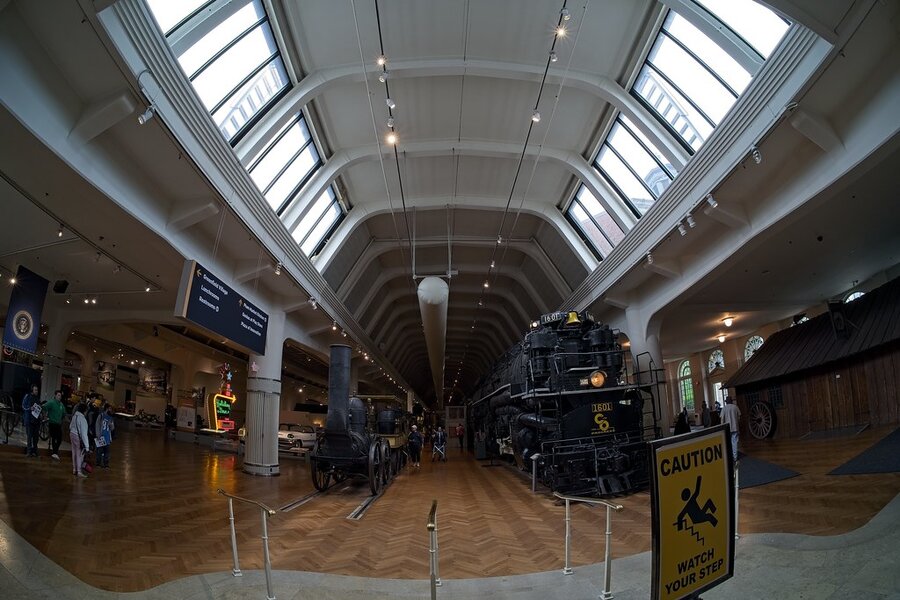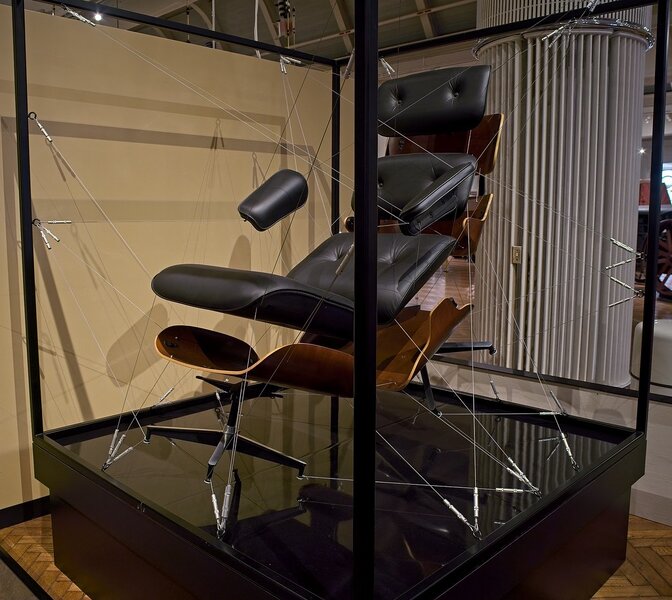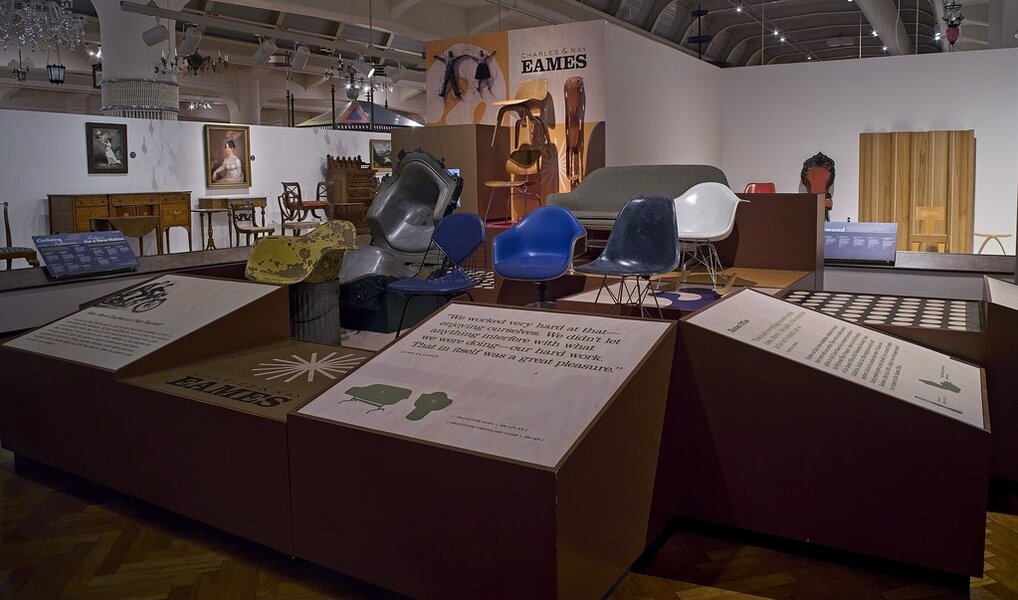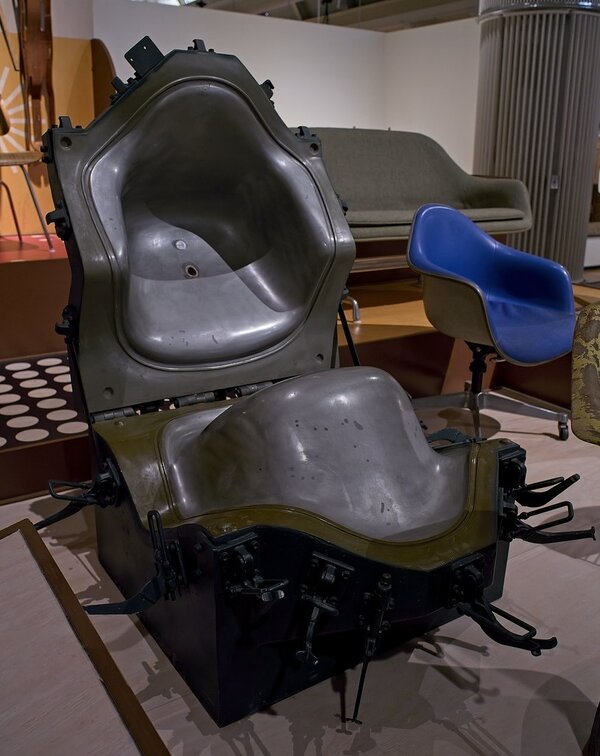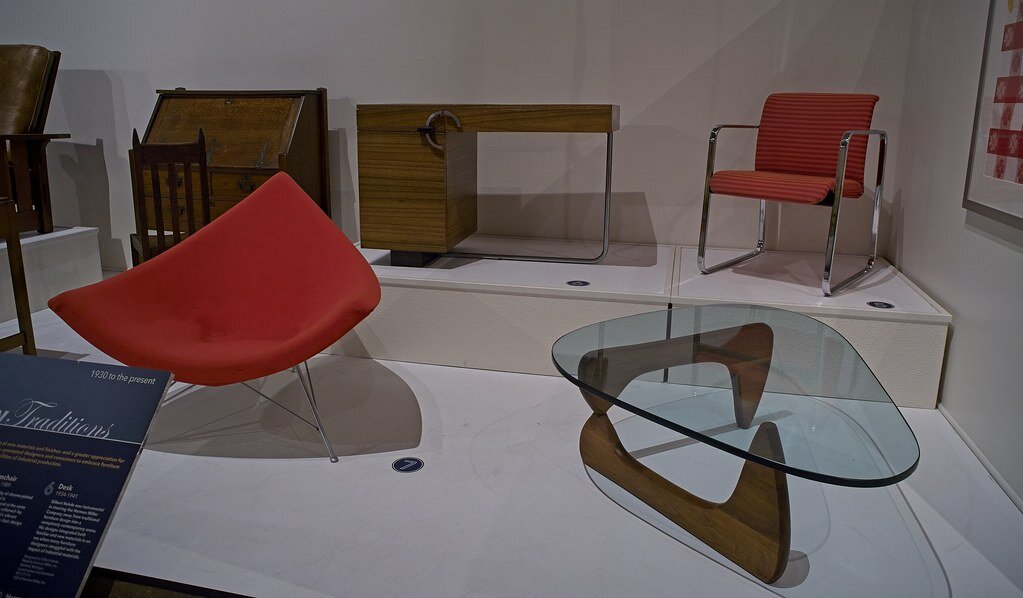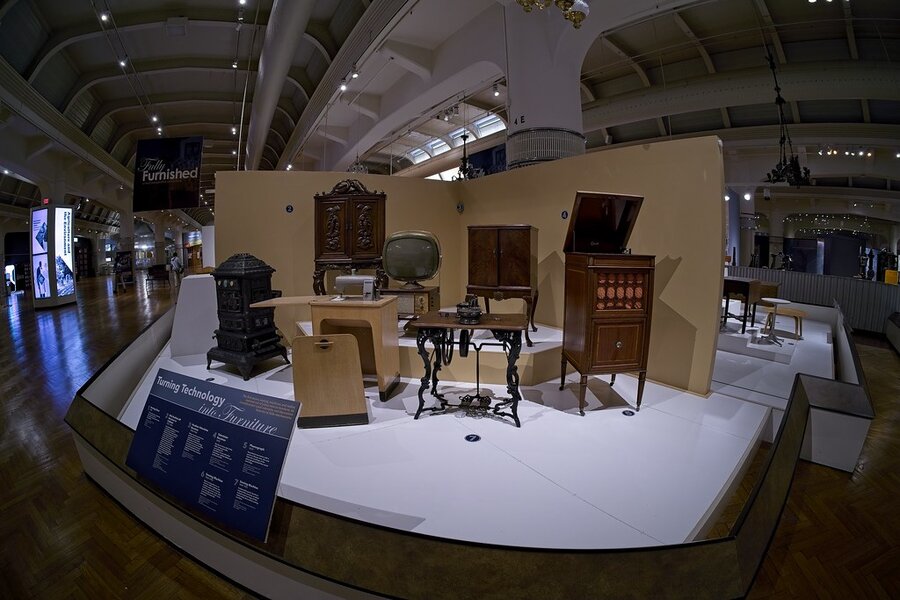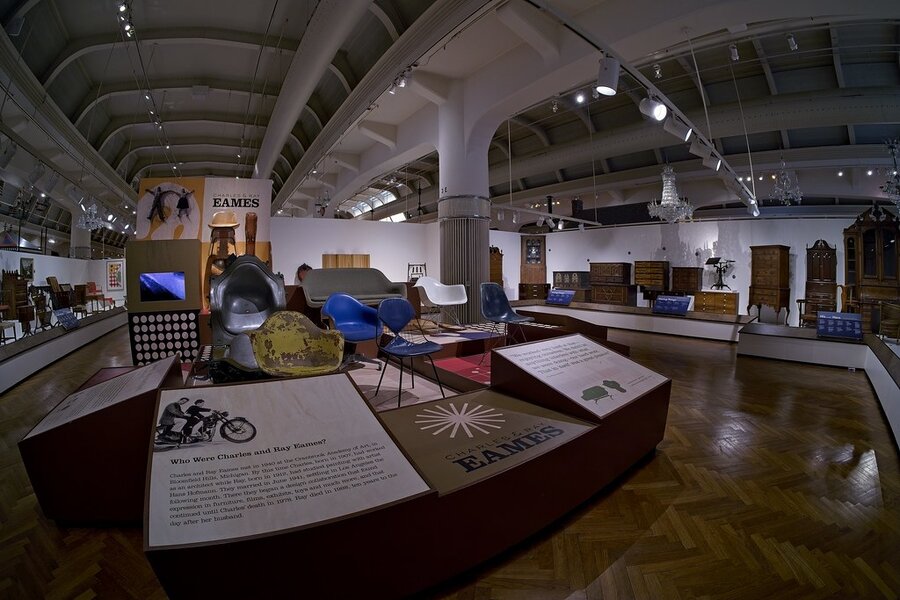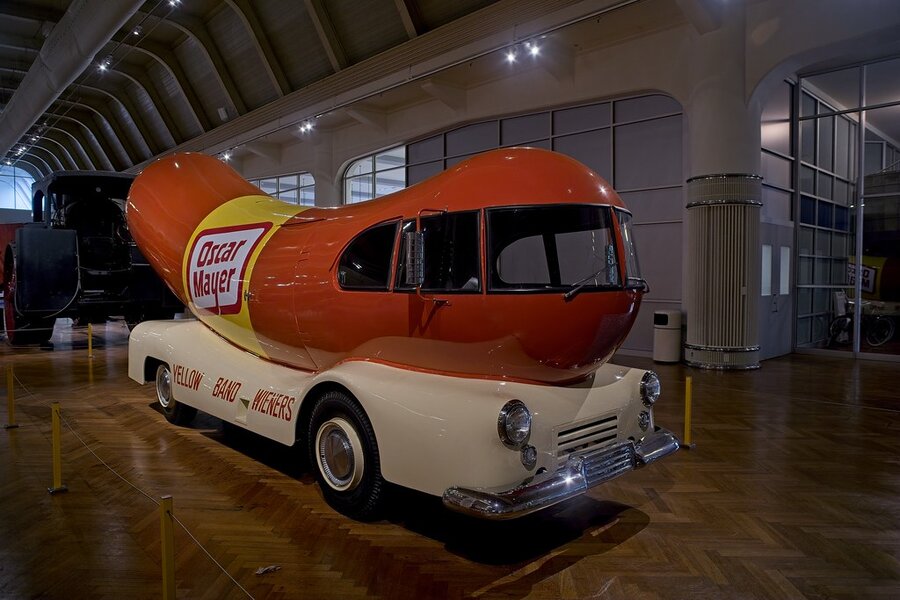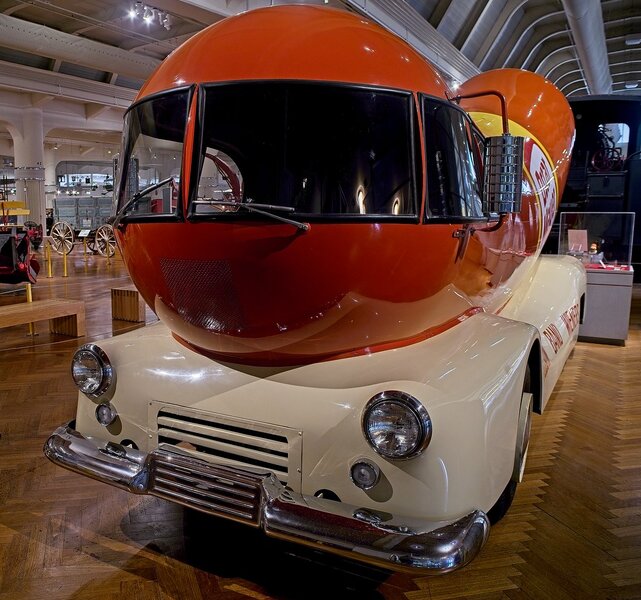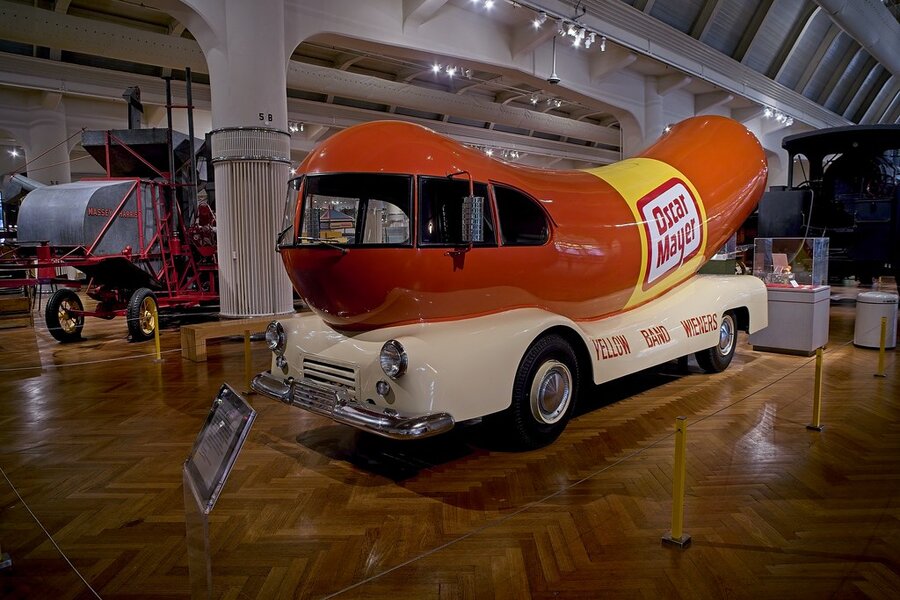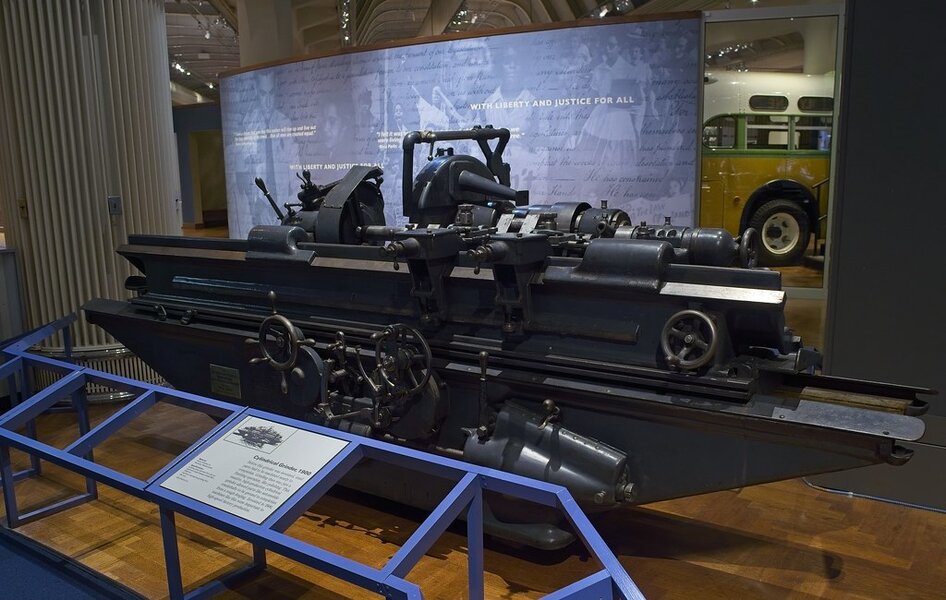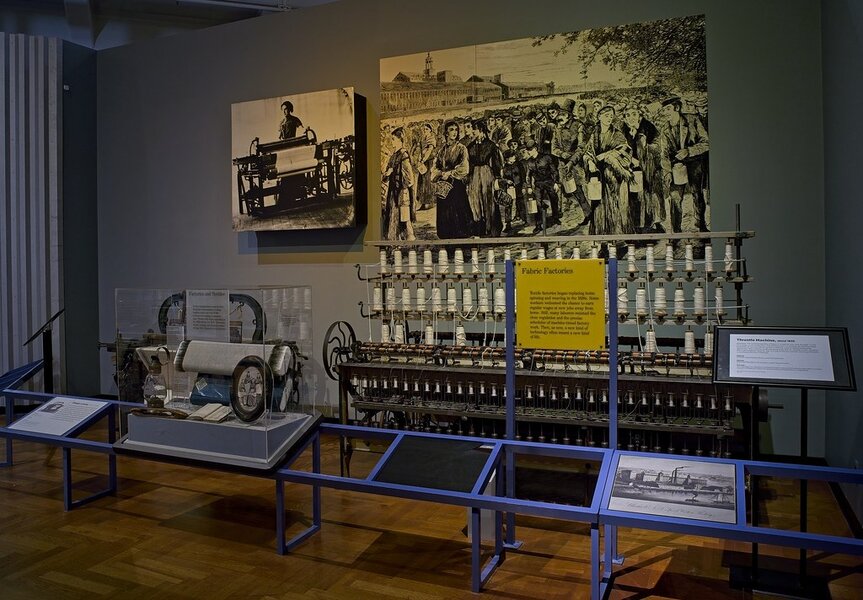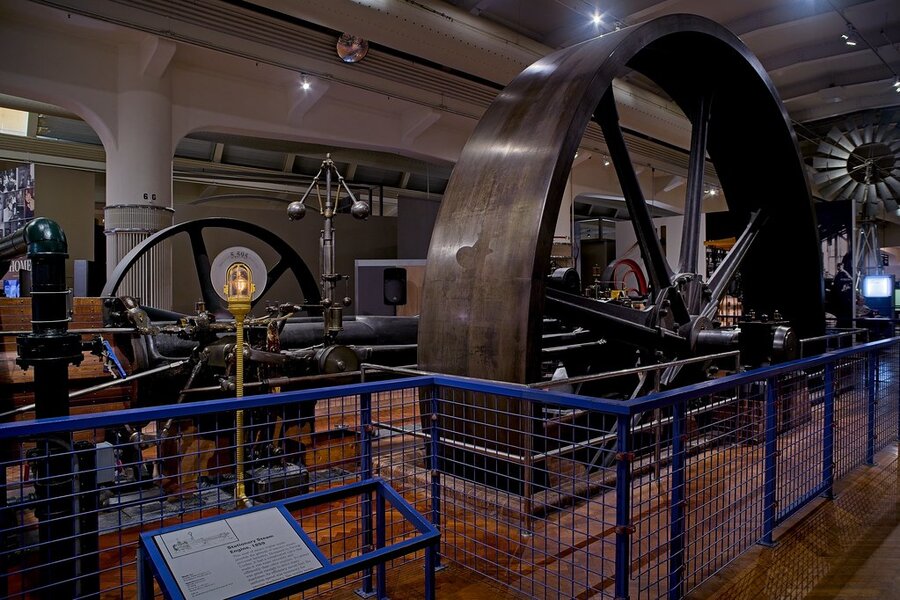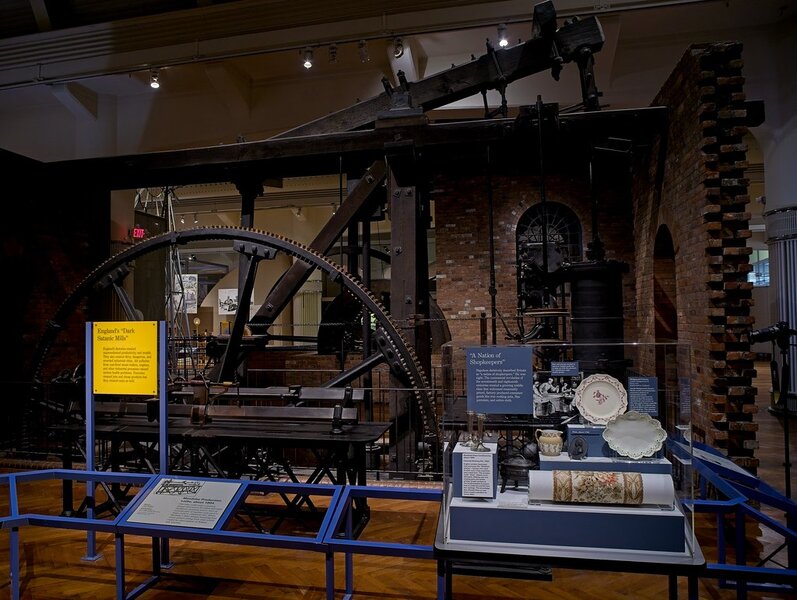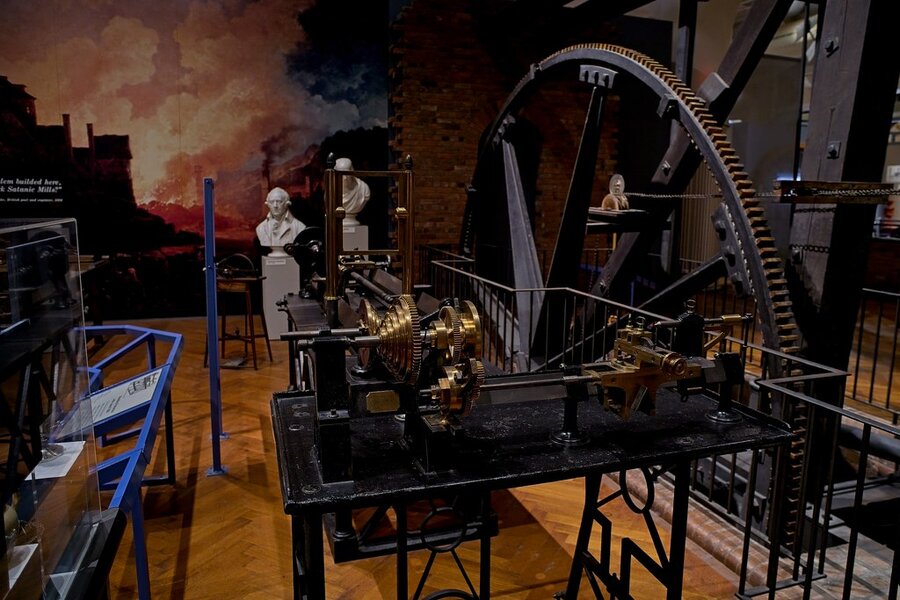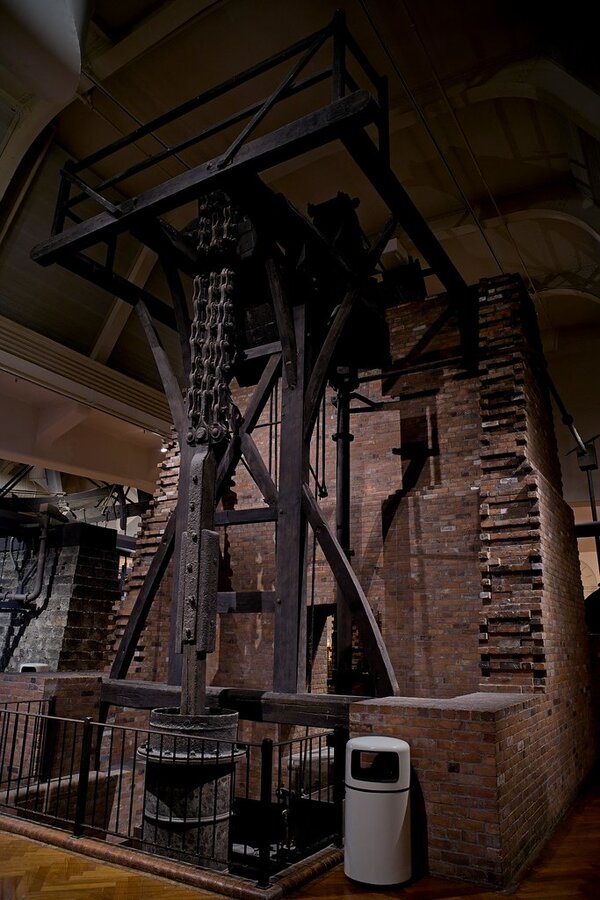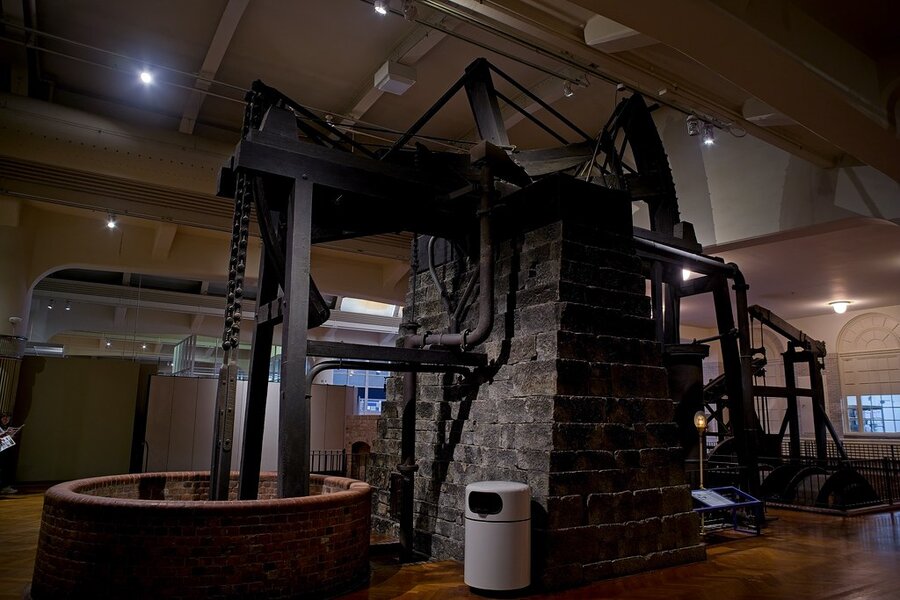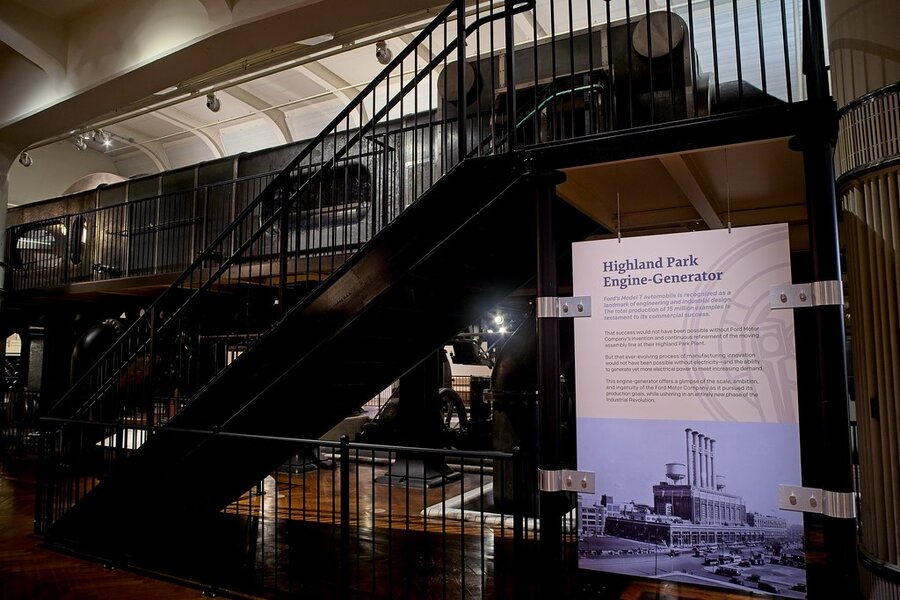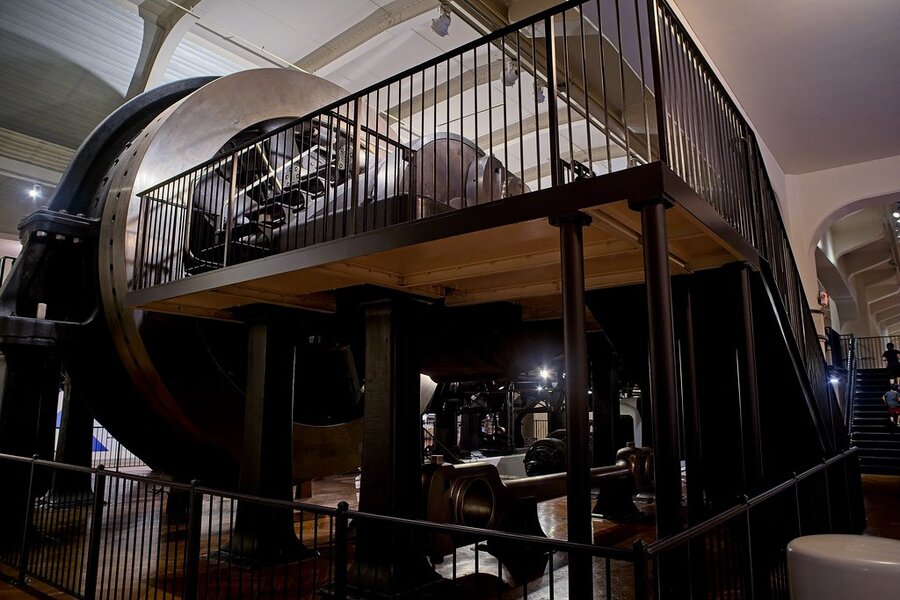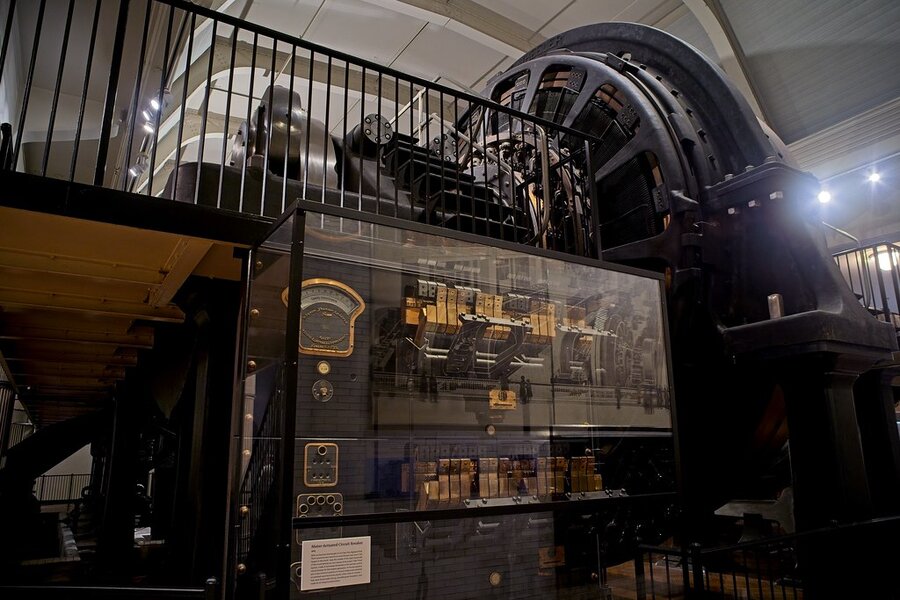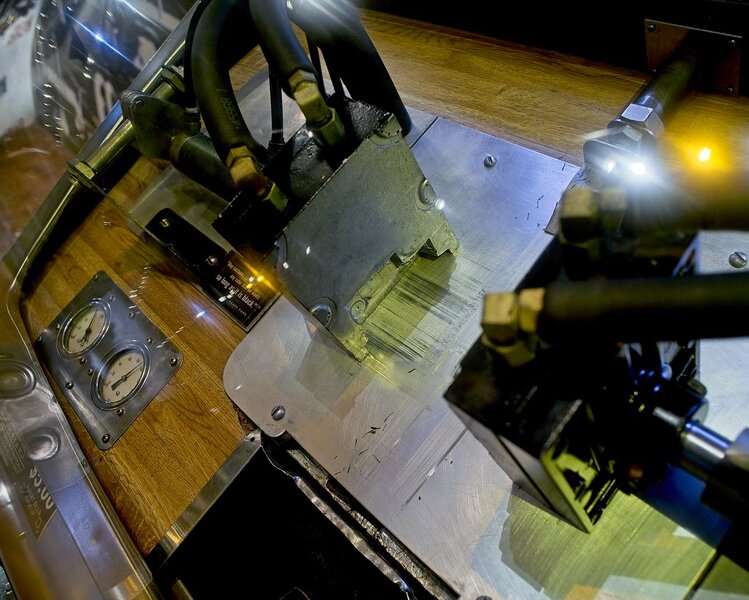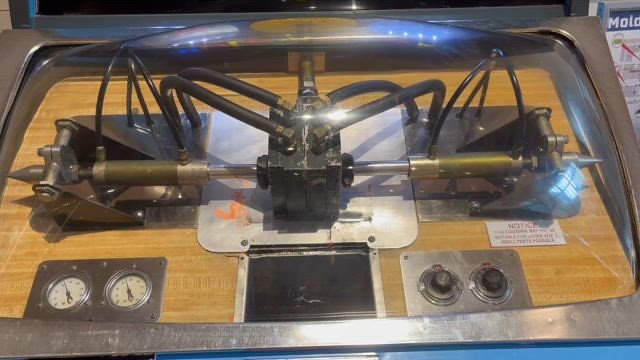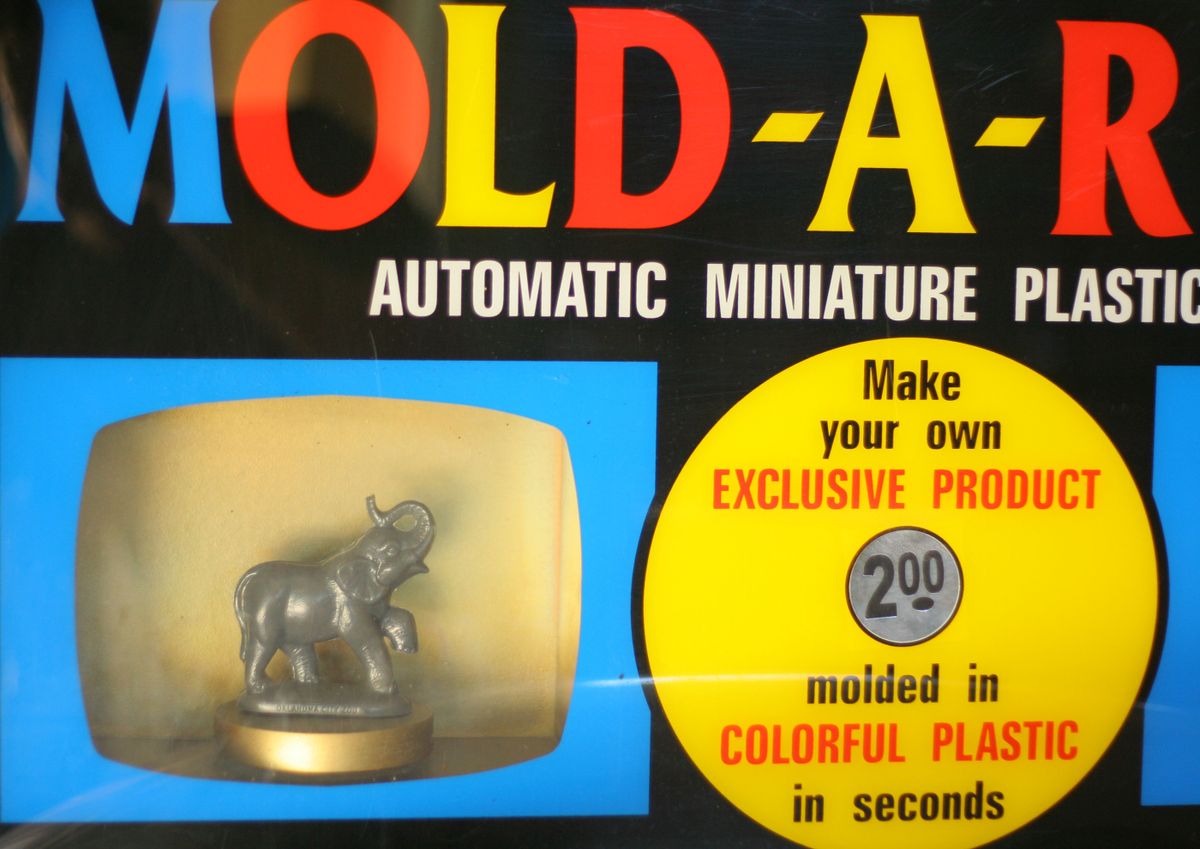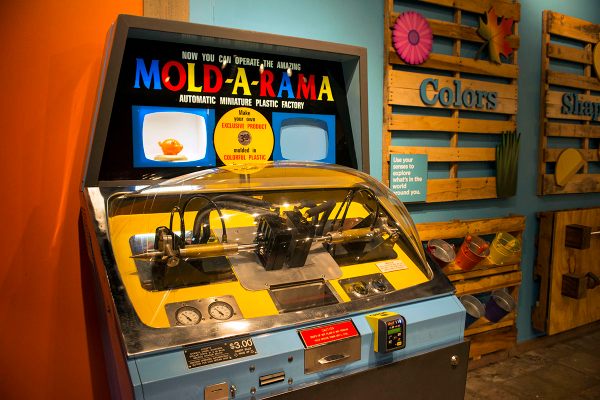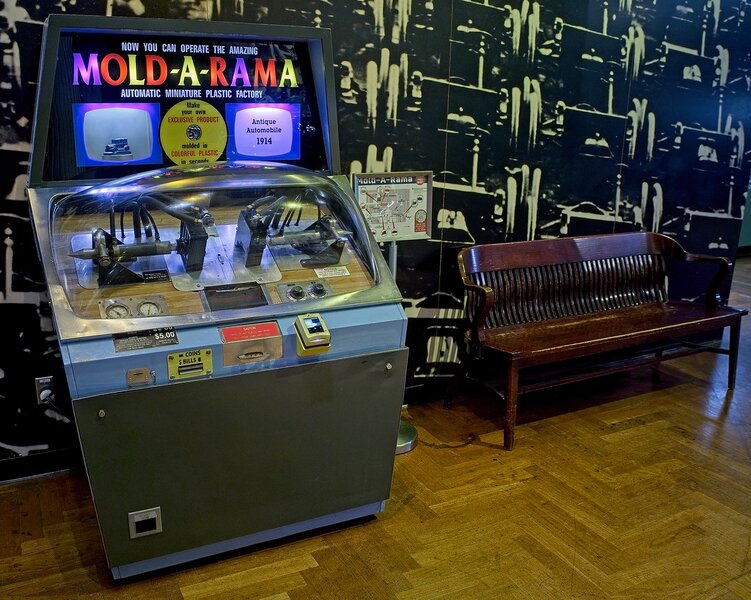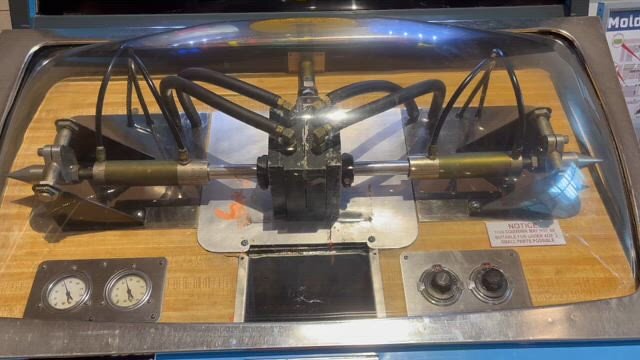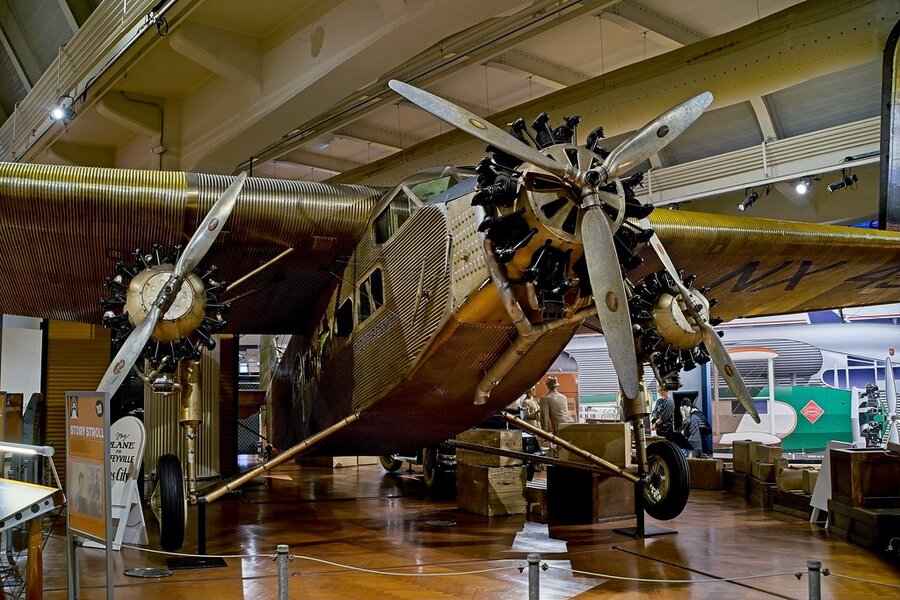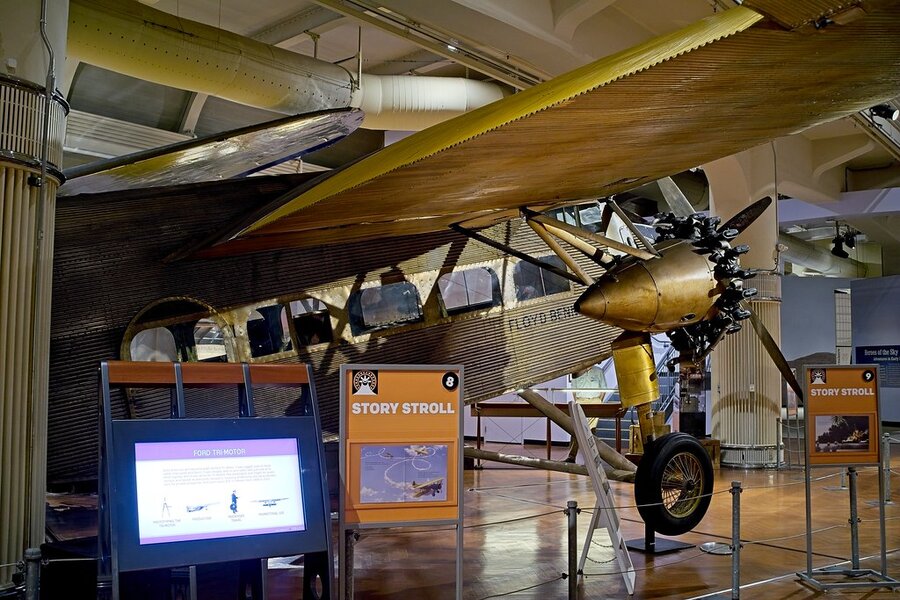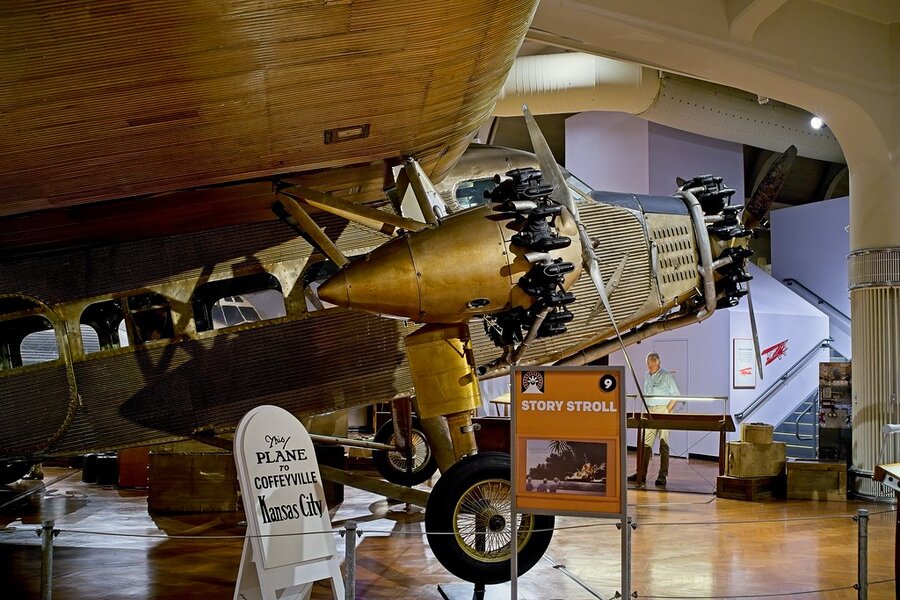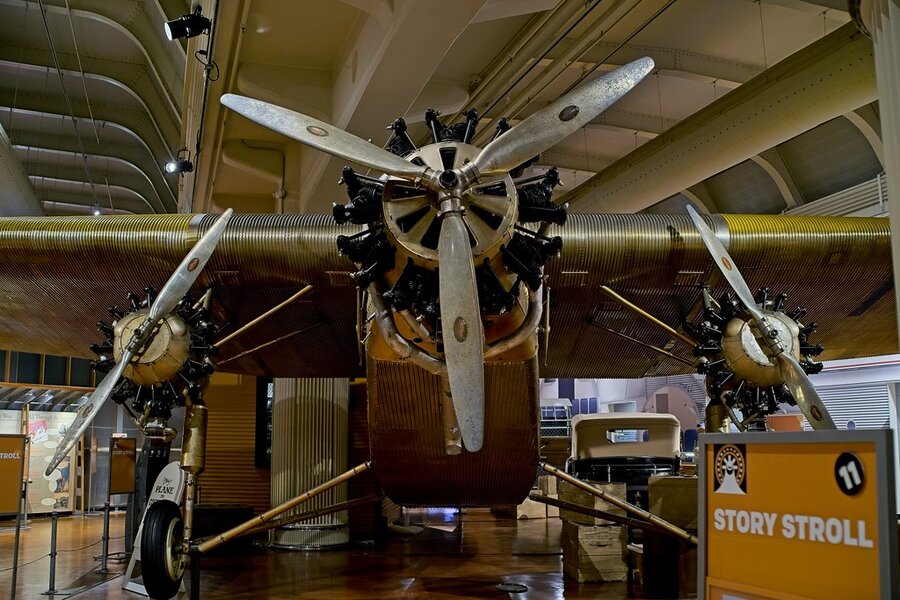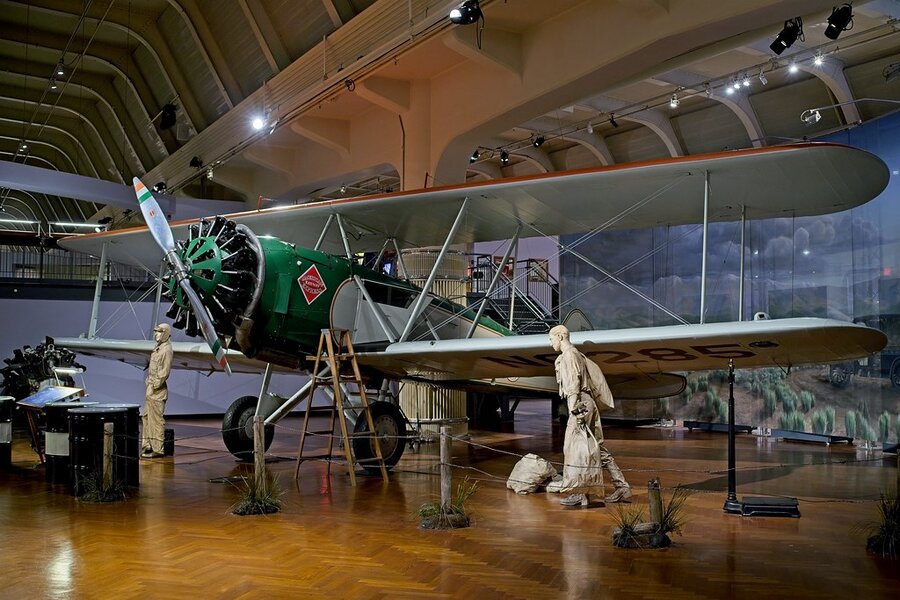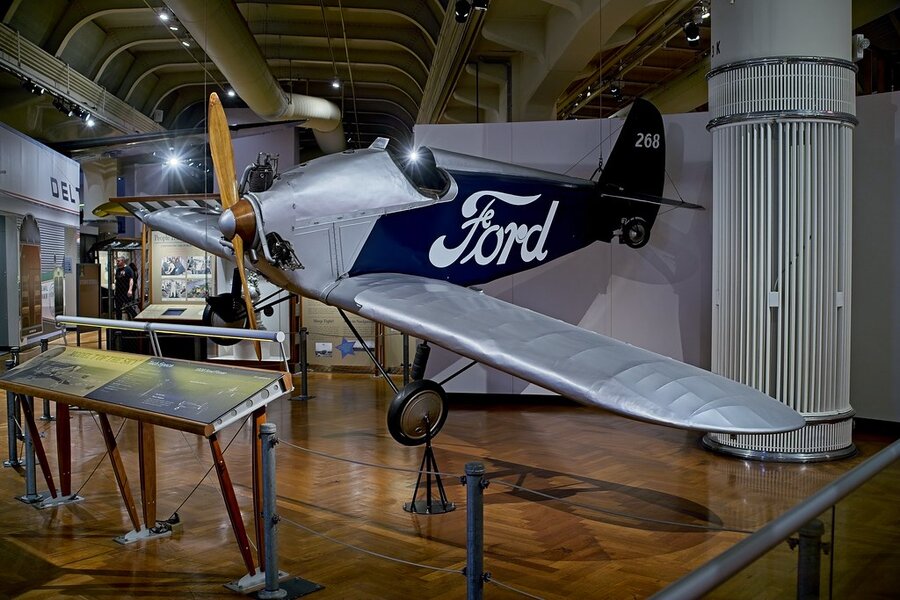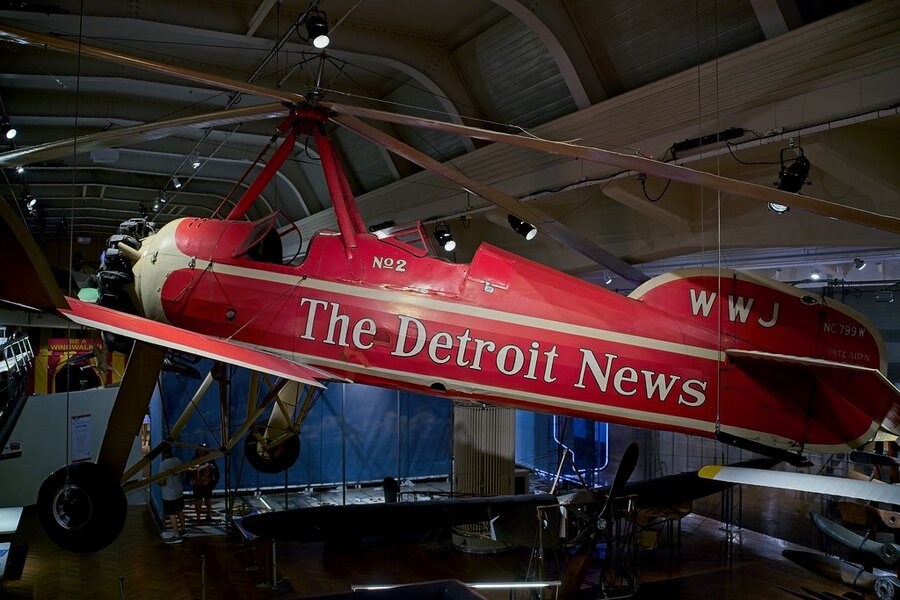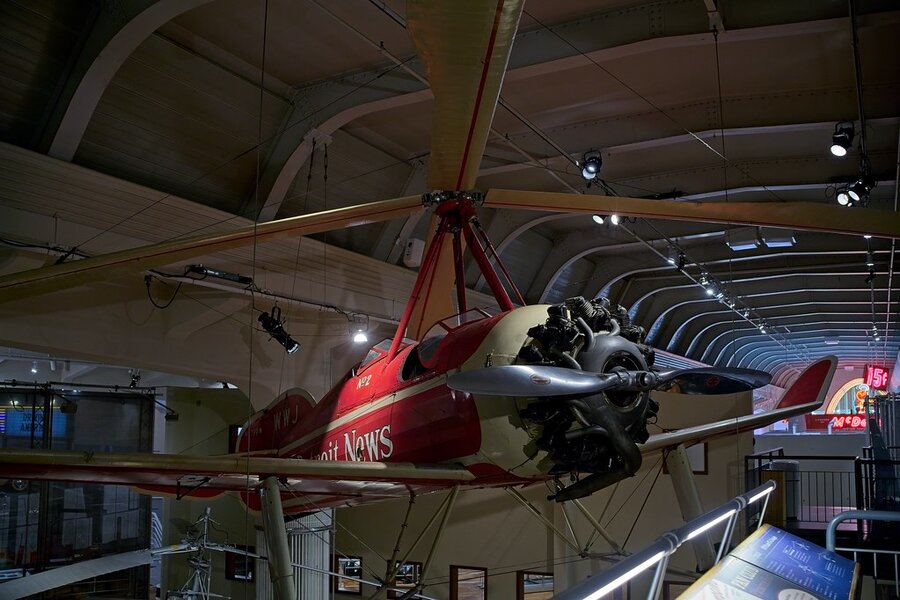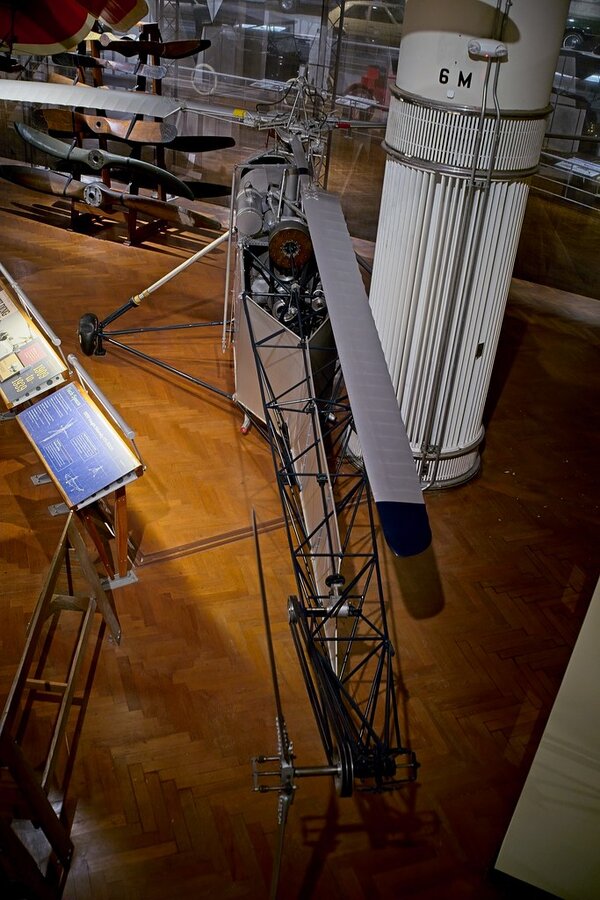Travis Butler
Well-Known Member
First in a series of many posts on the Henry Ford museum... took more than 400 pics and it's taking a while to sort through them all. (Not to mention several hundred pics at the Kalamazoo Air Zoo, Mackinac Island and the Michigan Flight Museum... was a tiring but very photo-heavy week!)
This is the first set of related pics I finished and pulled together... the Dymaxion House. After World War II, the United States was experiencing a housing crunch. Buckminster Fuller, relatively early in his career, started putting together designs for houses that would be relatively fast to build, designed to work with the environment; these designs came to fruition in the Dymaxion House, an effort to meet the post-war demand. The house would be put together from pre-fabricated aluminum elements that could be built by aircraft companies that were idled by the end of the war, and could be assembled by ten men in a few days. The curved design would be resistant to the high winds and severe weather of the plains states, and utilized convection cooling to reduce energy use.
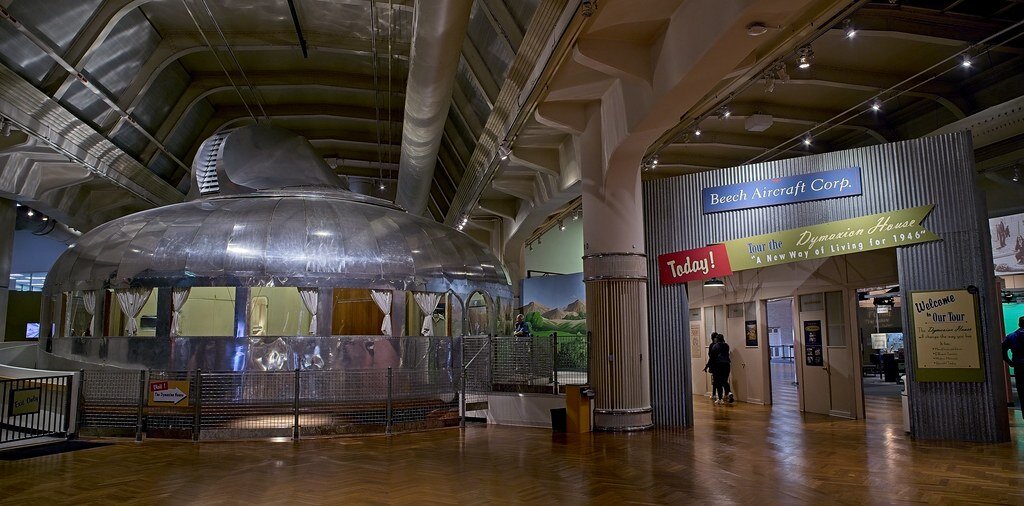
20250527-SDIM5999 by Travis Butler, on Flickr
Sigma fp, OM Zuiko 24/2.8
Fuller worked with the Beech Aircraft company in Wichita, making it a semi-local connection for me.

20250527-SDIM6003 by Travis Butler, on Flickr
Two prototypes were built, and a Wichita local combined them into a house he lived in for 30 years. Unfortunately, things ended there and the house never made it to full production. In 1990, the family donated the house to the Henry Ford museum; the museum refurbished the parts to reproduce the prototype as closely as possible.
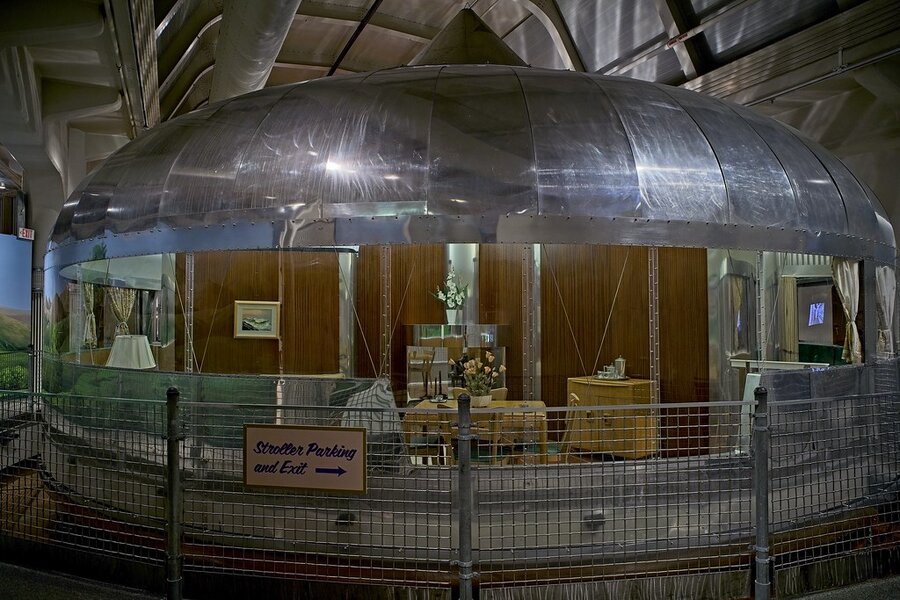
20250527-SDIM6014 by Travis Butler, on Flickr
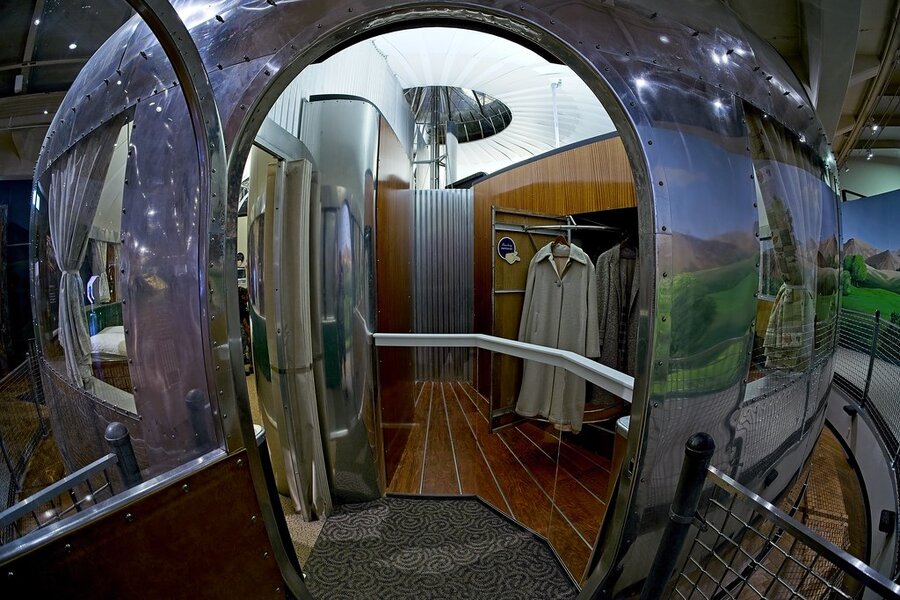
20250527-SDIM6019 by Travis Butler, on Flickr
TTArtisan 11/2.8 Fisheye
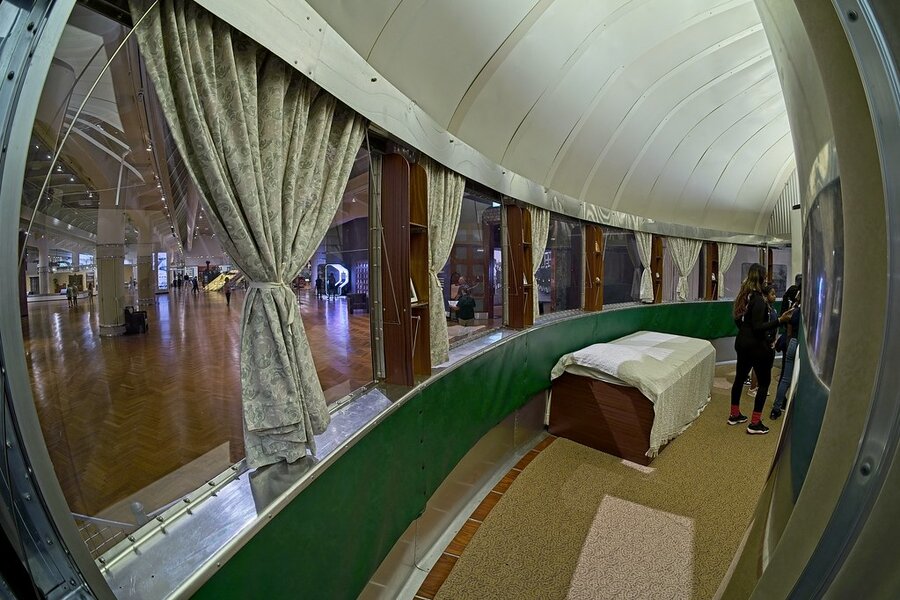
20250527-SDIM6024 by Travis Butler, on Flickr
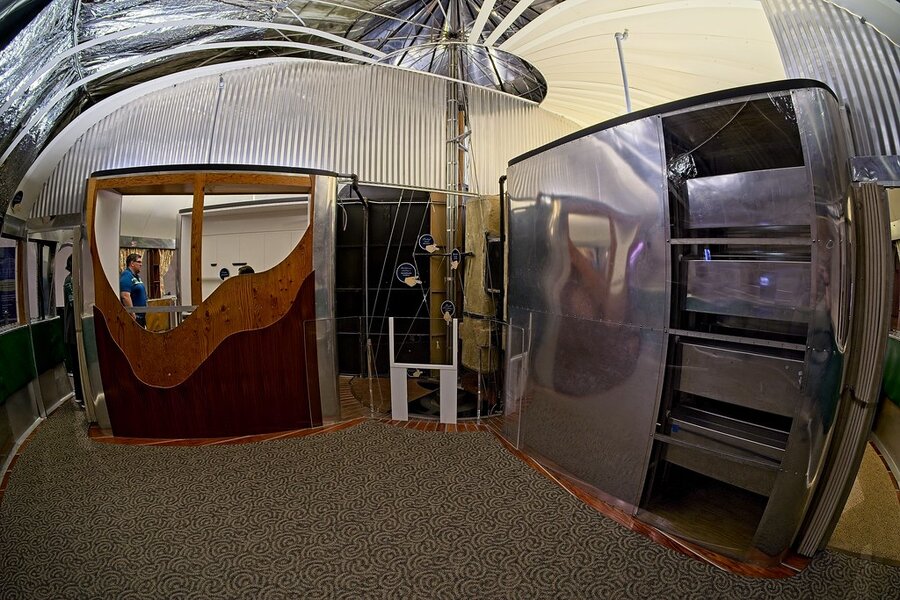
20250527-SDIM6036 by Travis Butler, on Flickr
The interior reminded me of a mobile home, and not necessarily in a good way. Floors and walls were made of stamped metal, and you could occasionally feel the flex as you walked around. On the flip side, rotating drawer mechanisms like the one at right packed a lot into a small area.
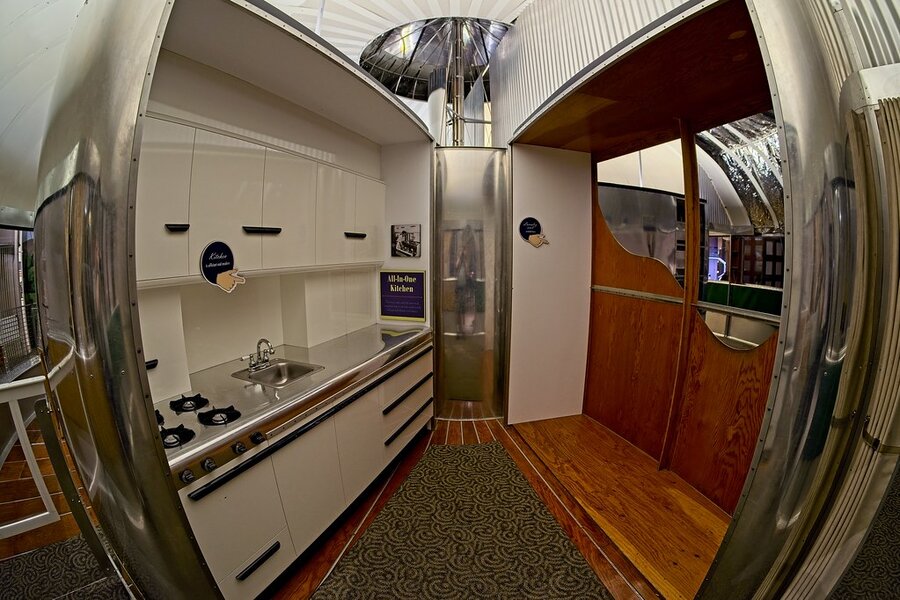
20250527-SDIM6039 by Travis Butler, on Flickr
Rooms were designed to be space-efficient but often felt cramped.
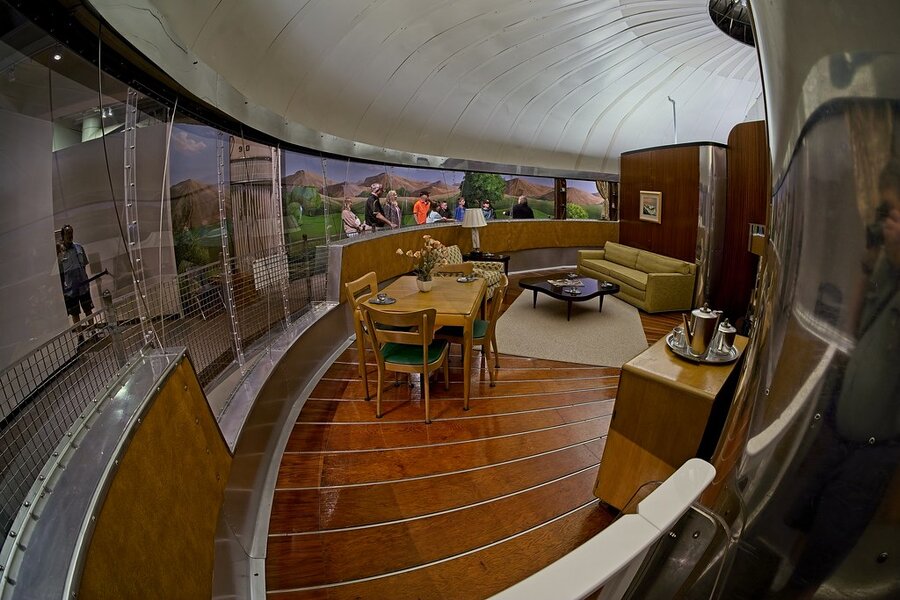
20250527-SDIM6041 by Travis Butler, on Flickr
It reminds me a lot of some of Frank Lloyd Wright's houses - a forceful design philosophy with a very definite idea on how space should be used, innovative but not very flexible. If it fit the way you wanted to live, it was great; not so much if it didn't.

20250527-SDIM6028 by Travis Butler, on Flickr
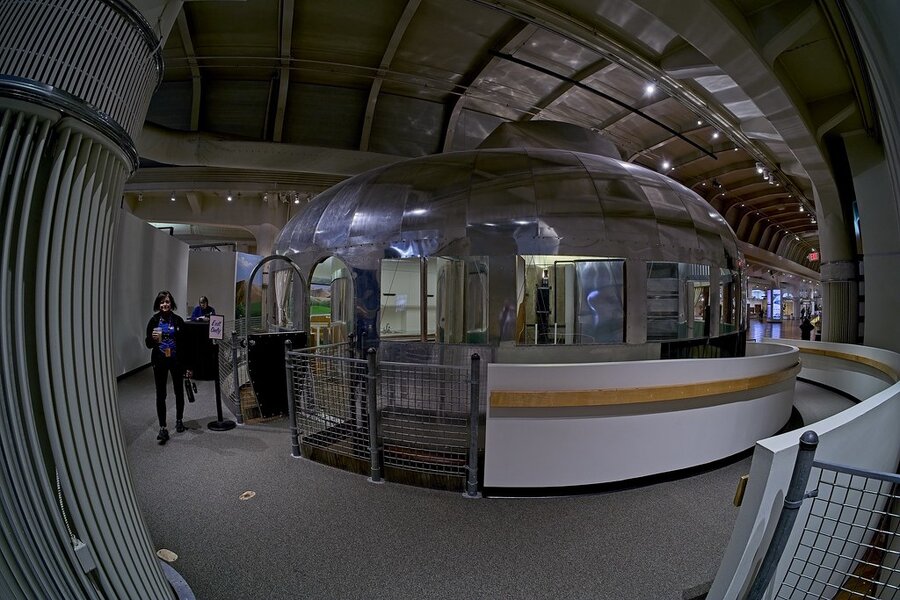
20250527-SDIM6045 by Travis Butler, on Flickr
Credit to the museum for its restoration and presentation!
(The museum itself is generally delightful, but there's some weird frisson with Henry Ford the man. Ford undoubtedly revolutionized industry with the assembly line; he revolutionized American transportation with the Model T and the Ford Trimotor. He was also a virulent anti-semite and had regimented plans for how factory workers should live; take a look sometime at his attempt at an industrial colony in Brazil for producing rubber. Yet the museum has a section devoted to the civil rights movement, including the actual bus where Rosa Parks sparked the Montgomery Bus boycott.)
This is the first set of related pics I finished and pulled together... the Dymaxion House. After World War II, the United States was experiencing a housing crunch. Buckminster Fuller, relatively early in his career, started putting together designs for houses that would be relatively fast to build, designed to work with the environment; these designs came to fruition in the Dymaxion House, an effort to meet the post-war demand. The house would be put together from pre-fabricated aluminum elements that could be built by aircraft companies that were idled by the end of the war, and could be assembled by ten men in a few days. The curved design would be resistant to the high winds and severe weather of the plains states, and utilized convection cooling to reduce energy use.

20250527-SDIM5999 by Travis Butler, on Flickr
Sigma fp, OM Zuiko 24/2.8
Fuller worked with the Beech Aircraft company in Wichita, making it a semi-local connection for me.

20250527-SDIM6003 by Travis Butler, on Flickr
Two prototypes were built, and a Wichita local combined them into a house he lived in for 30 years. Unfortunately, things ended there and the house never made it to full production. In 1990, the family donated the house to the Henry Ford museum; the museum refurbished the parts to reproduce the prototype as closely as possible.

20250527-SDIM6014 by Travis Butler, on Flickr

20250527-SDIM6019 by Travis Butler, on Flickr
TTArtisan 11/2.8 Fisheye

20250527-SDIM6024 by Travis Butler, on Flickr

20250527-SDIM6036 by Travis Butler, on Flickr
The interior reminded me of a mobile home, and not necessarily in a good way. Floors and walls were made of stamped metal, and you could occasionally feel the flex as you walked around. On the flip side, rotating drawer mechanisms like the one at right packed a lot into a small area.

20250527-SDIM6039 by Travis Butler, on Flickr
Rooms were designed to be space-efficient but often felt cramped.

20250527-SDIM6041 by Travis Butler, on Flickr
It reminds me a lot of some of Frank Lloyd Wright's houses - a forceful design philosophy with a very definite idea on how space should be used, innovative but not very flexible. If it fit the way you wanted to live, it was great; not so much if it didn't.

20250527-SDIM6028 by Travis Butler, on Flickr

20250527-SDIM6045 by Travis Butler, on Flickr
Credit to the museum for its restoration and presentation!
(The museum itself is generally delightful, but there's some weird frisson with Henry Ford the man. Ford undoubtedly revolutionized industry with the assembly line; he revolutionized American transportation with the Model T and the Ford Trimotor. He was also a virulent anti-semite and had regimented plans for how factory workers should live; take a look sometime at his attempt at an industrial colony in Brazil for producing rubber. Yet the museum has a section devoted to the civil rights movement, including the actual bus where Rosa Parks sparked the Montgomery Bus boycott.)



